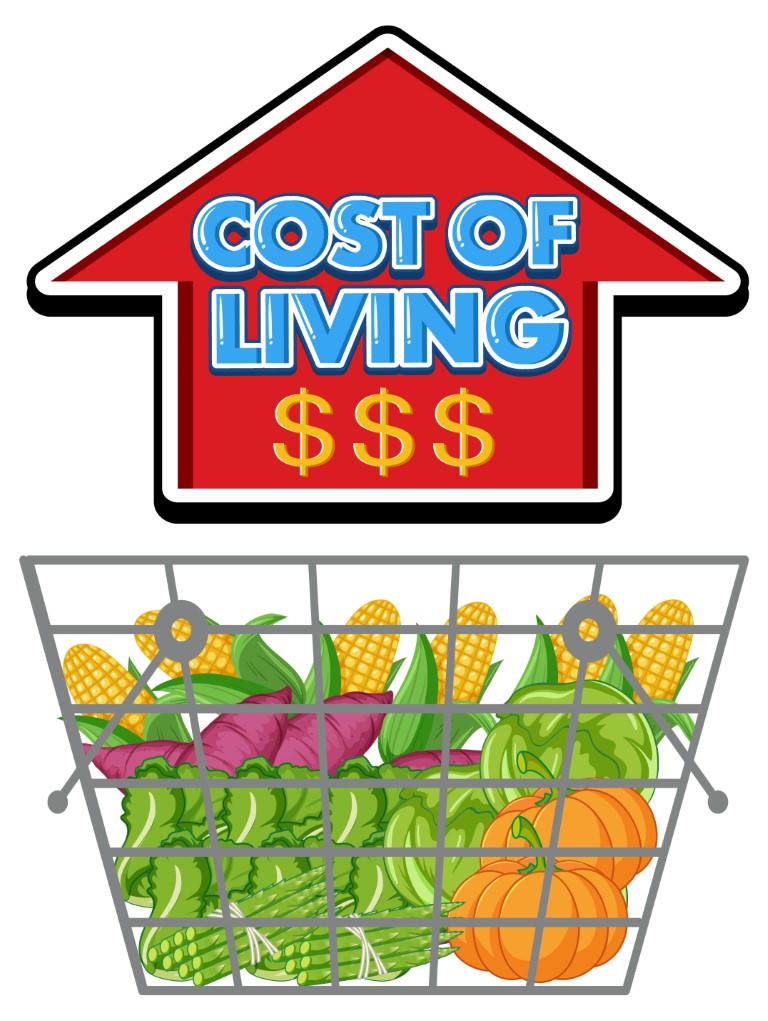In recent years, a noticeable shift in consumer behavior has emerged, with people spending less on food outside their homes. This trend poses a significant challenge for restaurants aiming to maintain, if not increase, their revenue. However, it also presents an opportunity for innovation and adaptation. Here are some strategies restaurants can adopt, to navigate this change and continue thriving.
Diversify Offerings with Affordable Options
One way to attract customers who are looking to spend less is by diversifying menu options to include more affordable dishes. This doesn’t necessarily mean lowering the quality of meals, but rather introducing a range of prices that can cater to budget-conscious diners. Consider incorporating daily specials, combo deals, or a ‘value menu’ that offers smaller portions at lower prices.
Enhance Customer Experience
In a market where consumers are more careful with their spending, the dining experience becomes even more critical. Restaurants can focus on providing exceptional service, a unique ambiance, and engaging with customers through personal touches. An enjoyable and memorable dining experience can encourage repeat business and word-of-mouth referrals, which are invaluable for revenue growth.
Leverage Technology for Efficiency and Engagement
Adopting the latest technology can help restaurants operate more efficiently and enhance the customer experience. The integration of “Call The Service” facilitates a frictionless dining experience, allowing customers to effortlessly call for service, browse menus, place orders and settle bills directly from their smartphones. It also enables guests to submit their reviews via Google Maps. “Call The Service” positions your restaurant at the forefront of the digital revolution in hospitality, ensuring your operations are as modern and customer-friendly as possible.
Implement Loyalty and Reward Programs
Developing a loyalty program can incentivize repeat visits by rewarding customers for their patronage. Whether it’s through a points system, discounts on future visits, or exclusive offers for members, loyalty programs can foster a sense of belonging and appreciation among customers, encouraging them to choose your restaurant over competitors.
Incorporating Guest Feedback: A Key to Adaptation and Revenue Maintenance
Listening to your guests and incorporating their feedback is pivotal for restaurants looking to adapt to changing consumer spending habits and maintain revenue. Understanding customer preferences, pain points, and suggestions can guide restaurants in fine-tuning their offerings, services, and overall dining experience. Here are some effective methods for collecting guest feedback:
Surveys: Deploying surveys through email follow-ups or on your website allows you to gather detailed insights from your customers about their dining experience. Consider offering an incentive for completing the survey, such as a discount on their next visit, to increase participation rates.
Comment Cards: Traditional but still effective, comment cards provided at the end of a meal offer immediate feedback while the dining experience is fresh in the customer’s mind. This method can capture both positive and constructive feedback.
Digital Feedback Platforms: Utilizing digital feedback tools embedded in your restaurant’s app or via QR codes on receipts or table tents can make it easy for tech-savvy customers to leave feedback. These platforms often provide real-time analytics and trends in customer satisfaction.
Social Media and Review Sites: Actively monitoring and engaging with reviews on social media platforms and restaurant review sites like Yelp or TripAdvisor can provide valuable feedback. Responding to both positive and negative reviews shows that you value customer feedback and are committed to improvement.
Feedback Boxes: A physical feedback box in a visible area of the restaurant can encourage customers to leave anonymous suggestions or comments, providing insights into areas that might need attention.
One-on-One Conversations: Encouraging managers and staff to engage in direct conversations with guests can uncover immediate and candid feedback. This personal approach can also strengthen the customer’s connection to your establishment.
Focus Groups: Hosting occasional focus groups with a diverse set of customers can provide in-depth insights into your restaurant’s performance and ideas for new offerings or improvements.
By employing a mix of these feedback collection methods, restaurants can gain a comprehensive understanding of their customer base. This information is crucial for making informed decisions that not only align with consumer spending habits but also enhance the overall dining experience, ultimately contributing to sustained or increased revenue. Actively seeking and acting upon guest feedback demonstrates a commitment to excellence and customer satisfaction, key drivers in today’s competitive hospitality industry.
Focus on Quality and Value
While consumers may be spending less, they still value quality and are willing to pay for meals that offer good value. Restaurants should focus on sourcing high-quality ingredients and delivering dishes that meet or exceed customer expectations. Emphasizing the value—what customers get for what they spend—can help justify prices and reinforce the restaurant’s reputation for quality.
Expand Revenue Streams
Restaurants can look beyond traditional dine-in services to generate additional revenue. Catering, delivery, and takeaway services can tap into the demand for convenience and allow customers to enjoy your food outside the restaurant setting. Offering meal kits, selling branded merchandise, or hosting special events and cooking classes can also diversify income sources.
Optimize Operational Costs
Managing expenses more efficiently can help offset the impact of reduced spending. This involves analyzing cost drivers in the business, from inventory and labor to utilities and marketing, and identifying areas where efficiencies can be achieved. Reducing waste, negotiating with suppliers, and optimizing staff schedules are just a few ways to manage costs effectively.
Conclusion
The trend of consumers spending less on dining out presents both challenges and opportunities for the restaurant industry. By adapting to these changes through strategic pricing, enhancing the dining experience, leveraging technology, and diversifying revenue streams, restaurants can maintain and even grow their revenue. It’s about striking the right balance between offering value to customers and managing operational efficiencies to ensure long-term sustainability and success.


